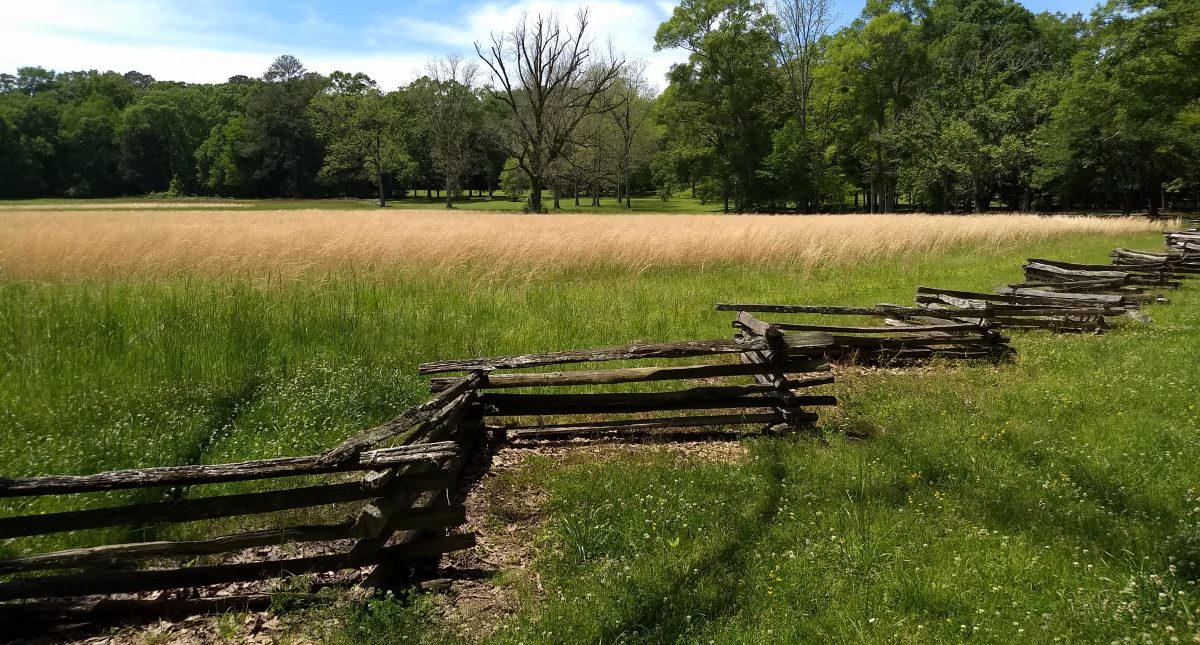Kabir says, ‘Student, tell me, what is God?
He is the breath inside the breath.’
Whenever you ask about God you ask as if God is there like a problem to be encountered. You ask as if you are standing outside God and speculating, observing Him. You ask as if God is an object. God is not an object, God is your subjectivity. God is not there outside, God is your interiority, your innerness. That is the meaning when Kabir says:
He is the breath inside the breath.
Watch your breath and you will come to know what he means – you will see one thing which cannot be seen unless you watch your breath. Buddha made it a great technique for meditation, watching the breath, because through watching it you will come to know the breath inside the breath.
The word ‘breath’ means life. In Sanskrit the word for breath is prana: prana means life. In Hebrew the word for breath means spirit. In all the languages of the world, breath is thought to be synonymous with life or spirit or soul. But breath is not the real soul – you will come to this experience only when you watch.
Try a small experiment: sitting silently, just start watching your breath. The easiest way to watch is from the entrance of the nose. When the breath comes in, feel the touch of the breath at the entrance of the nose – watch it there. The touch will be easier to watch, breath will be too subtle; in the beginning just watch the touch. The breath goes in, and you feel it going in: watch it. And then follow it, go with it. You will find there comes a point where it stops. Just somewhere near your navel it stops – for a tiny, tiny moment, for a pal, it stops. Then it moves outwards again; then follow it – again feel the touch, the breath going out of the nose. Follow it, go with it outside – again you will come to a point, the breath stops for a very tiny moment. Then again the cycle starts.
Inhalation, gap, exhalation, gap, inhalation, gap. That gap is the most mysterious phenomenon inside you. When the breath comes in and stops and there is no movement, that is the point where one can meet God. Or when the breath goes out and stops and there is no movement.
Remember, you are not to stop it; it stops on its own. If you stop it you will miss the whole point, because the doer will come in and witnessing will disappear. You are not to do anything about it. You are not to change the breath pattern, you are neither to inhale nor to exhale. It is not like pranayama of yoga, where you start manipulating the breath; it is not that. You don’t touch the breath at all – you allow its naturalness, its natural flow. When it goes out you follow it, when it comes in you follow it.
And soon you will become aware that there are two gaps. In those two gaps is the door. And in those two gaps you will understand, you will see, that breath itself is not life – maybe a food for life, just like other foods, but not life itself. Because when the breathing stops you are there, perfectly there – you are perfectly conscious, utterly conscious. And the breath has stopped, breathing is no more there, and you are there.
And once you continue this watching of the breath – what Buddha calls vipassana or anapanasati you – if you go on watching it, watching it, watching it, slowly, slowly you will see the gap is increasing and becoming bigger. Finally it happens that for minutes together the gap remains. One breath goes in, and the gap… and for minutes the breath does not go out. All has stopped. The world has stopped, time has stopped, thinking has stopped. Because when the breath stops, thinking is not possible. And when the breath stops for minutes together, thinking is impossible, absolutely impossible – because the thought process needs continuous oxygen, and your thought process and your breathing are very deeply related.
When you are angry your breath has a different rhythm, when you are sexually stimulated you have a different breath rhythm, when you are silent a different breath rhythm again. When you are happy a different breath rhythm, when you are sad a different rhythm again. Your breathing goes on changing with the moods of the mind. The vice versa is also true – when the breath changes, the moods of the mind change. And when breath stops, mind stops.
In that stopping of the mind the whole world stops – because the mind is the world. And in that stopping you come to know for the first time what is the breath inside the breath: life inside life. That experience is liberating. That experience makes you alert of God – and God is not a person but the experience of life itself.
-Osho
From The Revolution, Discourse #3
Copyright© OSHO International Foundation
 Here you can listen to the discourse excerpt He is the Breath Inside the Breath.
Here you can listen to the discourse excerpt He is the Breath Inside the Breath.
An MP3 audio file of this discourse can be downloaded from Osho.com or you can read the entire book online at the Osho Library.
Many of Osho’s books are available in the U.S. online from Amazon.com and Viha Osho Book Distributors. In India they are available from Amazon.in and Oshoworld.com.

